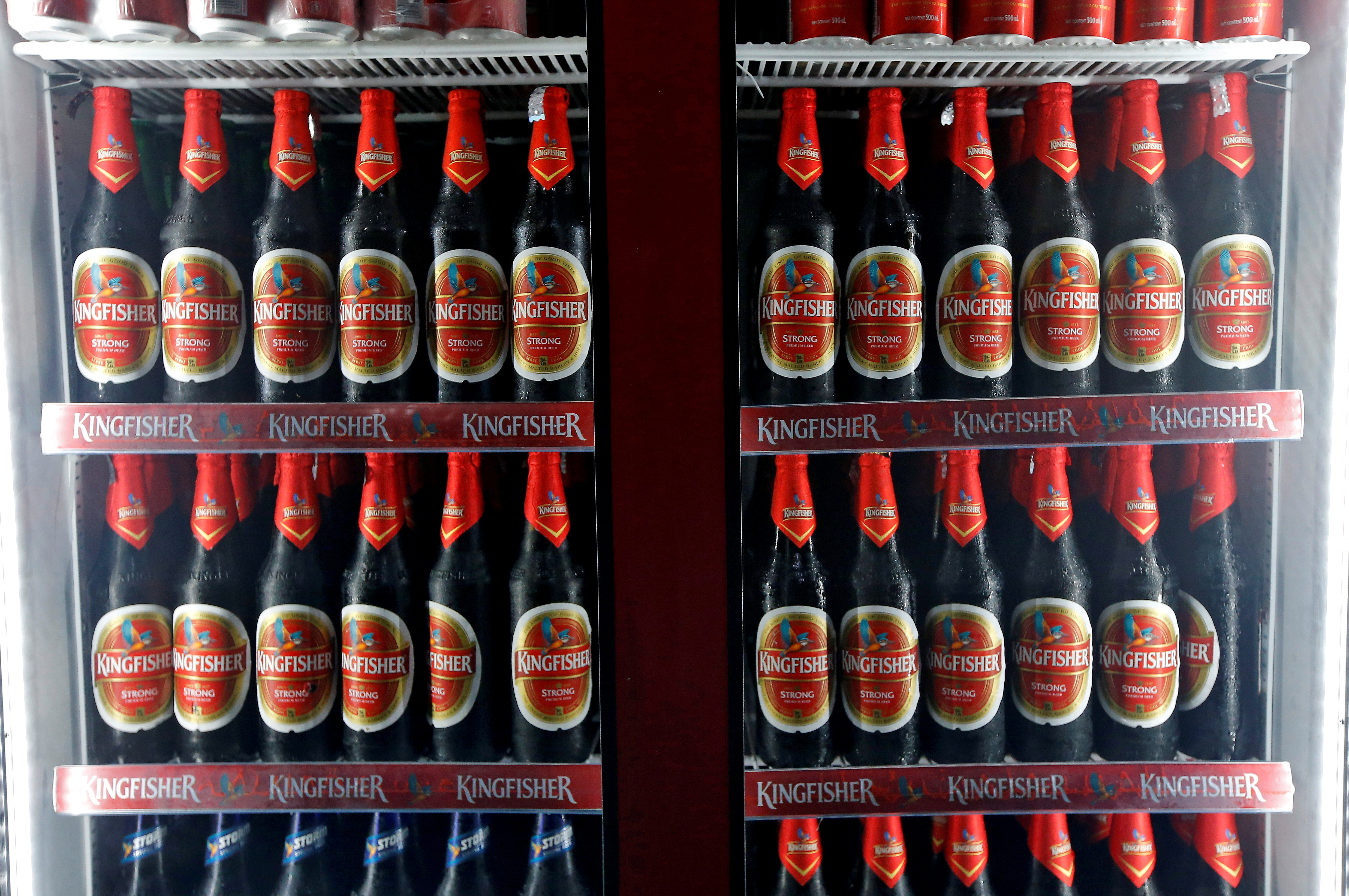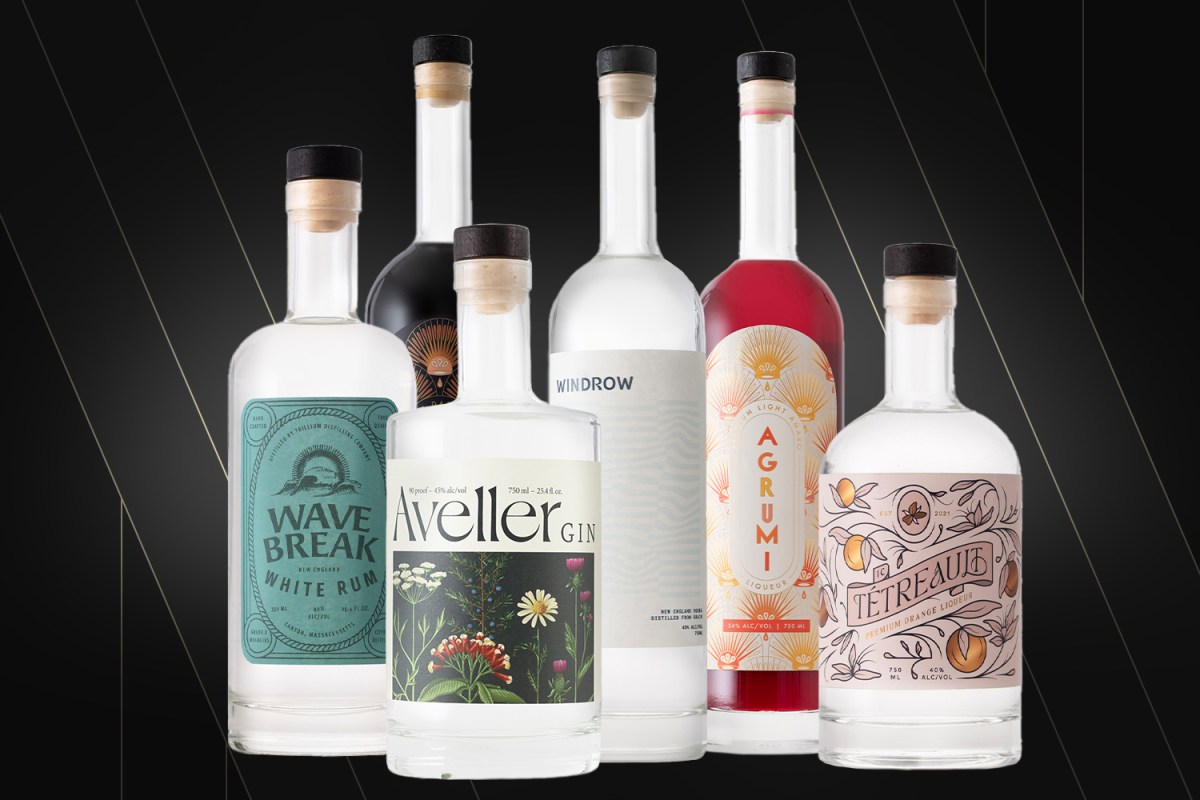Galveston Liquor Shops: Discover Your Fave State Of Minds and Extra
Galveston Liquor Shops: Discover Your Fave State Of Minds and Extra
Blog Article
Mastering the Craft of Distillation: a Deep Study Distillery Traditions
Checking out the elaborate art of distillation unveils a globe steeped in time-honored customs that have formed the spirits we take pleasure in today. From the ancient beginnings of distillation strategies to the contemporary advancement of distillery devices, each step in the procedure carries with it an abundant tapestry of history and knowledge. As we look into the fragile balance of modern-day versus conventional distilling techniques and discover the value of essential active ingredients, a deeper understanding arises of the profound effect distillery practices have on the spirits we relish.
Origins of Distillation Strategies
The advancement of distillation strategies has an abundant history that traces back to ancient people. The idea of dividing elements based on their various boiling points laid the foundation for the advanced distillation processes we have today.
The earliest evidence of distillation dates back to around 3000 BC in Mesopotamia, where clay pots were used to boil down fragrances and fragrant oils. The Egyptians better progressed these strategies, using distillation for medicinal purposes and embalming practices. The Greeks, especially numbers like Aristotle and Hippocrates, added to the theoretical understanding of purification.
With time, purification spread to regions like India, China, and the Center East, each society including its distinct touch to the craft. The evolution of purification strategies proceeded through the Center Ages and the Renaissance, at some point causing the diverse array of purification procedures employed in modern distilleries worldwide.
Advancement of Distillery Devices

With developments in technology and a deeper understanding of the purification procedure, contemporary distilleries now utilize a selection of innovative devices to produce spirits of the best quality. Today, purification equipment includes column stills, reflux stills, and crossbreed stills, each created to deal with specific purification requirements. These modern stills supply much better temperature regulation, raised distillation precision, and better effectiveness in separating alcohol from pollutants.
In addition to stills, distilleries currently utilize advanced condensers, fermenters, and purification systems to additional refine the extract. The development of distillery equipment proceeds to play an essential duty fit the diverse array of spirits offered in the market today.
Typical Vs. Modern Distilling Practices
Conversely, modern-day distilling techniques leverage cutting-edge innovation and advancement to enhance manufacturing procedures and boost uniformity. Automated systems, electronic controls, and cutting edge equipment allow modern distilleries to produce spirits more efficiently and with greater precision.
While traditional distilling practices are treasured for their heritage and the special tastes they produce, contemporary approaches use benefits in terms of scalability, high quality control, and sustainability. By incorporating scientific developments and modern engineering, distillers can maximize manufacturing, minimize waste, and satisfy the demands these days's market extra successfully. Inevitably, the option between modern-day and standard distilling methods frequently depends on the distillery's objectives, values, and target market.
Secret Components in Distillation Refine
Within the craft of distillation, the selection of vital components plays an important role in establishing the taste profile and top quality of the spirits created. The primary active ingredients utilized in the distillation procedure are usually water, yeast, and a fermentable resource such as grains, fruits, look what i found or sugarcane.
Water is an essential component as it not just thins down the alcohol web content to a palatable degree but likewise affects the general mouthfeel and texture of the spirit. The high quality and mineral content of the water utilized can significantly impact the last product.
Yeast is an additional important active ingredient that converts the sugars existing in the fermentable source into alcohol via the process of fermentation. Various strains of yeast can create differing flavors and fragrances, adding to the one-of-a-kind features of the spirit.

Effect of Distillery Traditions on Spirits
The impact of longstanding distillery practices on spirits prolongs beyond the choice of key active ingredients, shaping the really essence and personality of the final distilled items (Distillery in Galveston). These traditions, gave through generations, play site here a critical function in specifying the distinct preference profiles and high qualities that distinguish one spirit from one more
Distillery practices include a resource vast range of techniques, from the specific methods made use of in distillation to the selection of aging processes used. The use of conventional copper pot stills in scotch manufacturing is thought to impart specific tastes and features that are highly valued by lovers. The aging of spirits in oak barrels, a method deeply rooted in distilling practices, adds to the growth of complex aromas and flavors over time.
:max_bytes(150000):strip_icc()/game-thrones-beer-seven-kingdoms-fwx-2000-bf25957546c34d8081795a265fb4aab3.jpg)
Conclusion
From the beginnings of purification strategies to the modern-day techniques, the influence of distillery practices on spirits is obvious. Distillery traditions play a vital role in shaping the spirits industry and maintaining the heritage of purification techniques.
Throughout the background of purification, the devices utilized in distilleries has gone through considerable evolution to enhance efficiency and quality of the purification procedure.With improvements in innovation and a deeper understanding of the distillation process, modern-day distilleries currently use a variety of advanced devices to produce spirits of the highest top quality. Today, purification equipment consists of column stills, reflux stills, and crossbreed stills, each developed to cater to details purification requirements. From the origins of distillation techniques to the modern-day methods, the impact of distillery traditions on spirits is obvious. Distillery customs play a vital duty in shaping the spirits industry and maintaining the heritage of distillation practices.
Report this page